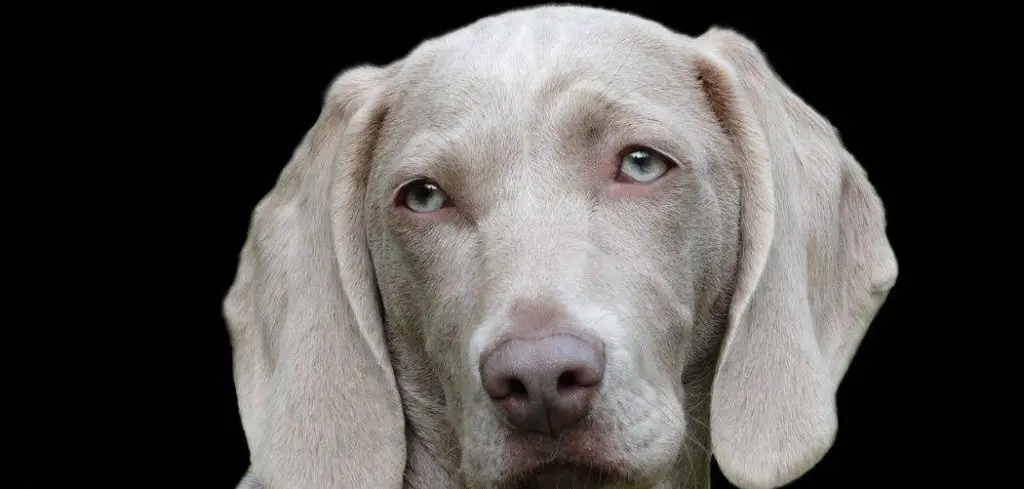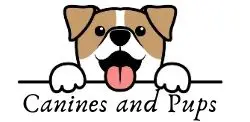When a dog refuses food but drinks a lot of water, it’s a signal that something is out of balance in their body.
Both behaviors — not eating and drinking excessive water — can stem from a variety of physical and emotional triggers.
While one symptom might occasionally occur on its own without serious consequences, the combination often points to more significant issues such as dehydration, kidney problems, or gastrointestinal upset.
Let’s break down what each symptom may indicate and how their occurrence together could be warning you of a bigger health concern.
Table of Contents
Dog Not Eating and Drinking Excessive Water: Why It Happens
When a dog is not eating and drinking excessive water, it may signal an underlying health issue such as kidney disease, diabetes, gastrointestinal problems, infections, or even poisoning.
This unusual combination of symptoms suggests that the dog may be feeling unwell, dehydrated, or nauseated—causing a loss of appetite while the body drives an increased urge to rehydrate.
Stress, medication side effects, or dietary changes can also contribute.

Common Causes of a Dog Not Eating and Drinking Excessive Water
1. Kidney Disease
One of the most common causes of a dog not eating and drinking excessive water is kidney disease.
The kidneys play a vital role in filtering waste and maintaining fluid balance.
When they begin to fail, toxins build up in the bloodstream, leading to nausea and loss of appetite.
The dog’s body compensates by increasing thirst in an attempt to flush out these toxins.
Other signs include:
Vomiting
Weight loss
Bad breath (often ammonia-like)
Ulcers in the mouth
If your dog is not eating and drinking excessive water, especially if they are a senior, kidney disease should be ruled out by your veterinarian through blood and urine tests.
Related: Dog not eating and stomach gurgling (Explained)
2. Diabetes Mellitus
Diabetes is another potential reason for excessive drinking paired with a decreased appetite. When blood sugar levels are high, the body tries to eliminate the excess glucose through urine, leading to dehydration. The dog compensates by drinking more water.
However, the lack of proper glucose metabolism also results in reduced energy, making dogs lose interest in food.
Watch for:
Increased urination
Sweet-smelling breath
Cloudy eyes (cataracts)
Weight loss despite a big appetite in early stages
As the disease progresses, appetite often diminishes, resulting in the troubling pattern of a dog not eating and drinking excessive water.
3. Liver Disease
The liver is critical in digestion, detoxification, and metabolism.
A dog with liver disease may lose interest in food due to nausea or fatigue but drink a lot of water to combat dehydration.
Other symptoms include:
Jaundice (yellowing of the eyes, gums, or skin)
Vomiting and diarrhea
Lethargy
Swollen abdomen due to fluid retention
Dogs not eating and drinking excessive water with other liver-related symptoms need immediate medical evaluation.
4. Infections and Fever
Systemic infections can cause fever, which leads to dehydration.
The dog’s natural response is to drink more water. At the same time, infections often suppress appetite.
Signs that your dog might have an infection:
Shivering or shaking
Swollen lymph nodes
Nasal discharge or coughing
Loss of appetite and excessive water drinking
Bacterial, viral, or fungal infections can all trigger this behavior, especially if the digestive or respiratory system is involved.
5. Poisoning or Toxin Ingestion
Toxins can irritate the digestive system, leading to nausea and loss of appetite.
Some poisons also cause increased thirst and urination, such as those affecting the kidneys or liver.
Toxins that may cause a dog not to eat and drink excessive water include:
Antifreeze (ethylene glycol)
Rodenticides
Certain houseplants
Human medications like ibuprofen or acetaminophen
If your dog shows signs of vomiting, drooling, tremors, or seizures along with not eating and drinking excessive water, seek emergency veterinary care immediately.
Related: Dog eating grass and not eating (Explained)
6. Gastrointestinal Issues
Sometimes the problem lies within the GI tract itself.
Conditions like gastritis, pancreatitis, or intestinal blockages can make a dog refuse food due to pain or nausea.
If vomiting or diarrhea is also causing fluid loss, the dog may begin drinking excessively to stay hydrated.
GI-related signs include:
Vomiting
Diarrhea or constipation
Abdominal bloating
Whining or guarding the belly
In cases of gastrointestinal upset, a dog not eating and drinking excessive water might be trying to soothe their stomach with hydration.
7. Medication Side Effects
Some medications can suppress appetite while increasing thirst.
If your dog recently started a new medication and is not eating and drinking excessive water, consult your vet.
Examples include:
Diuretics
Steroids (like prednisone)
Anti-seizure medications
Antibiotics
Monitor your pet closely and report any side effects to your veterinarian.
8. Stress or Anxiety
Emotional distress can also disrupt a dog’s appetite. While some stressed dogs eat more, others stop eating entirely.
However, stress-induced panting can lead to dehydration, prompting more water intake.
Stress-related signs include:
Hiding or avoidance
Excessive licking or chewing
Pacing or whining
Sleeping more than usual
Changes in the environment, loud noises, separation anxiety, or even new pets in the household could be the culprits.
Related: Dog not eating and vomiting (Explained)
What to Do If Your Dog Is Not Eating and Drinking Excessive Water
If your dog has skipped more than one meal and is simultaneously drinking large amounts of water, it’s important not to ignore these symptoms.
Here are steps to take:
1. Monitor for Additional Symptoms
Check for vomiting, diarrhea, lethargy, bloated abdomen, changes in urination, or abnormal gum color.
These can provide helpful clues.
2. Track Food and Water Intake
Measure how much water your dog is drinking in a 24-hour period.
Most dogs drink about 1 ounce of water per pound of body weight daily.
Anything more may indicate a problem.
3. Don’t Force Feed
Avoid trying to force your dog to eat — this can worsen nausea and stress.
Instead, offer bland, easily digestible food like plain boiled chicken and rice.
4. Contact Your Veterinarian
You should seek veterinary attention if:
Your dog hasn’t eaten for more than 24 hours
Excessive drinking continues for more than a day
There are other concerning symptoms like vomiting, lethargy, or weight loss
Your dog is very young, very old, or has a pre-existing health condition
Your vet will likely perform bloodwork, urinalysis, and possibly imaging to determine the root cause.
Key Takeaway
A dog not eating and drinking excessive water is often more than a passing concern — it can be the sign of an underlying medical issue such as kidney disease, diabetes, or toxin exposure.
While occasional changes in appetite or thirst may be normal, persistent symptoms deserve a closer look.
By paying close attention to your dog’s behavior and getting prompt veterinary evaluation, you can catch potential problems early and help your dog get back on the path to good health.
If your dog stops eating and starts drinking excessive water suddenly, don’t wait — consult your vet to rule out serious conditions and get the right treatment in place.
